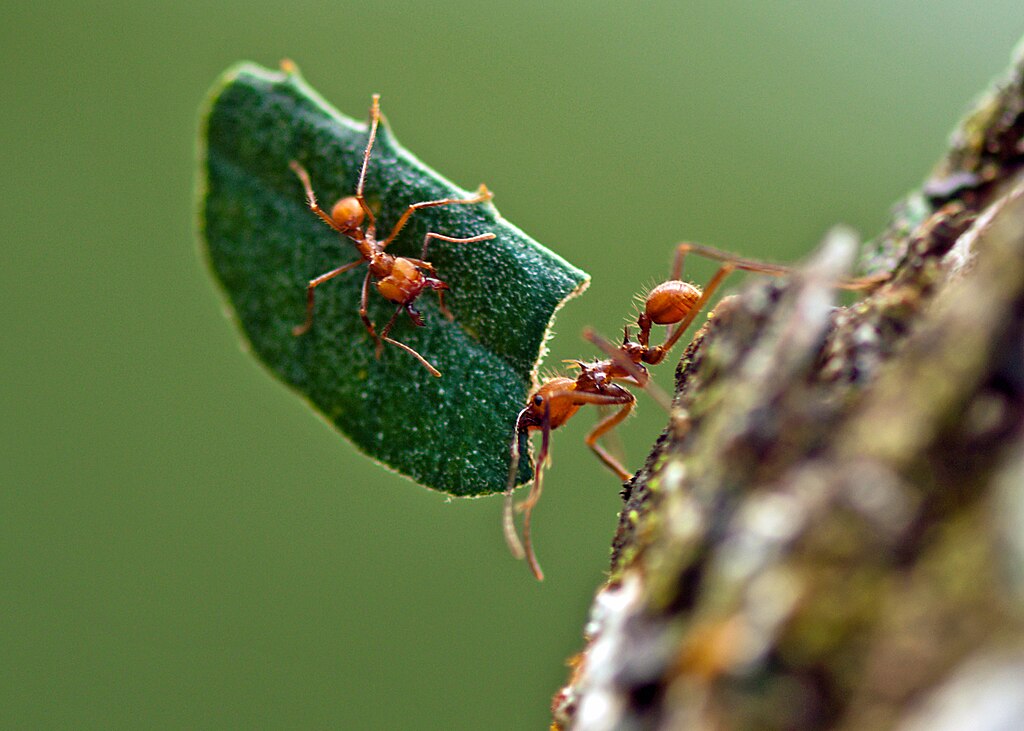Deep in the rainforests of South America, something extraordinary is happening right beneath our feet. Millions of tiny farmers are tending to their crops, harvesting their yield, and managing livestock with a precision that would make modern agriculturalists envious. These aren’t humans – they’re ants, and they’ve been perfecting sustainable farming techniques for over 50 million years before we even discovered fire.
The Underground Agricultural Revolution

Leaf-cutter ants have created the most sophisticated agricultural system in the animal kingdom, rivaling human farming in complexity and efficiency. These remarkable insects don’t actually eat the leaves they cut – instead, they use them as fertilizer for their underground fungus gardens. The entire colony operates like a massive organic farm, with different castes of workers specializing in cutting, transporting, processing, and tending to their crops. What makes this system truly astonishing is its scale and organization. A single leaf-cutter colony can contain up to 8 million individuals, all working in perfect harmony to maintain their fungal agriculture. The fungus they cultivate, Leucoagaricus gongylophorus, exists nowhere else in nature – it’s been domesticated by ants for so long that it can no longer survive without them.
The Aphid Ranching Empire
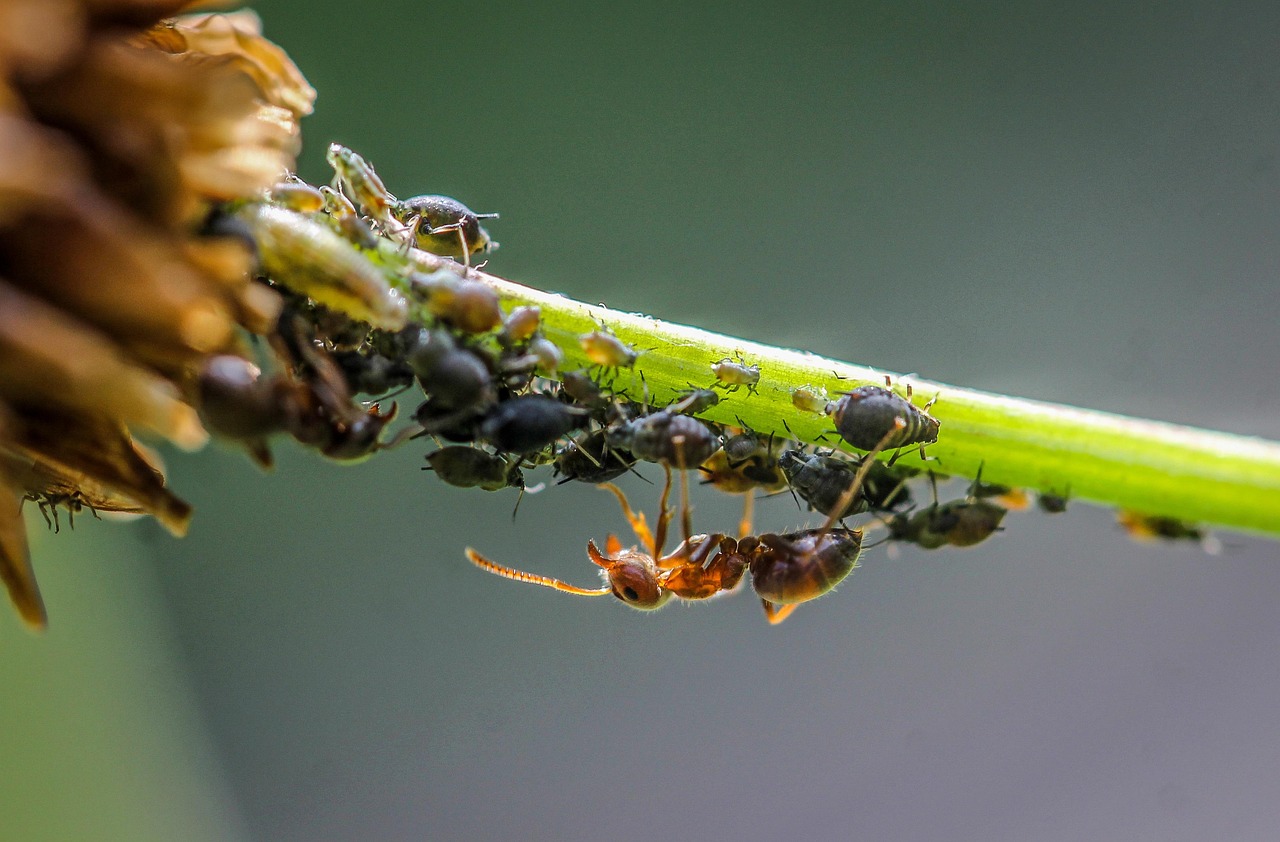
While leaf-cutters dominate the fungus farming world, other ant species have mastered the art of livestock management. Aphid-farming ants have developed a relationship with these small insects that mirrors our own domestication of cattle. The ants protect aphids from predators, move them to fresh feeding sites, and even build shelters for them during harsh weather. In return, aphids secrete a sweet substance called honeydew that serves as the ants’ primary food source. This sugary liquid is so valuable that some ant species have evolved specialized storage workers whose abdomens can expand to hold large quantities of honeydew. The relationship is so refined that some aphid species have lost their ability to survive without their ant caretakers.
Precision Agriculture in Miniature
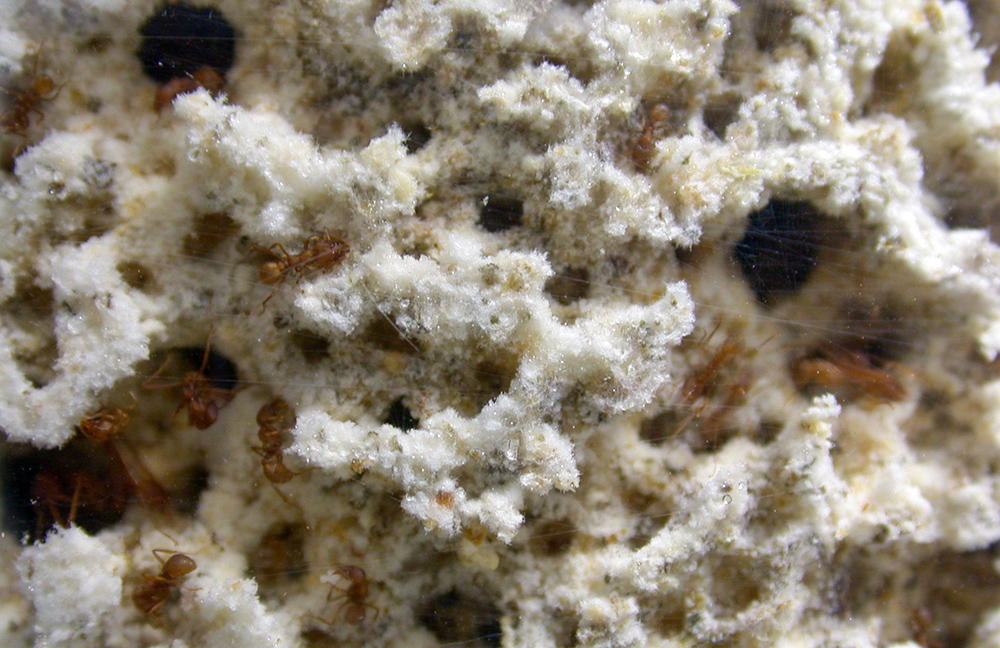
The farming techniques employed by these ants would impress any agricultural scientist. Leaf-cutter ants maintain optimal growing conditions in their fungus gardens by controlling temperature, humidity, and air circulation through carefully designed ventilation systems. They remove diseased portions of their crop before infections can spread, essentially practicing crop rotation and disease management. The ants also practice selective breeding, though they might not realize it. By favoring certain strains of fungus over others, they’ve guided the evolution of their crop over millions of years. This has resulted in fungus varieties that are perfectly adapted to each colony’s specific needs and environmental conditions.
The Antibiotic Breakthrough

Perhaps most remarkably, these ant farmers discovered antibiotics long before Alexander Fleming stumbled upon penicillin. Leaf-cutter ants cultivate beneficial bacteria on their bodies that produce antifungal compounds. These natural antibiotics protect their fungus gardens from harmful parasites and diseases that could devastate their crops. The bacteria, primarily Streptomyces species, form a white coating on the ants’ exoskeletons and produce potent antimicrobial compounds. This three-way relationship between ants, fungus, and bacteria represents one of nature’s most sophisticated examples of biological cooperation. Scientists are now studying these compounds for potential medical applications in human healthcare.
Aphid Milking Techniques

The process of “milking” aphids is a delicate art that farming ants have perfected over millions of years. Worker ants gently stroke aphids with their antennae, stimulating them to release droplets of honeydew. This intimate interaction requires remarkable restraint – the ants must resist their natural predatory instincts to instead nurture and protect their tiny livestock. Some ant species have become so dependent on aphid farming that they’ve lost the ability to forage for other food sources. These specialist herders move their aphid flocks to new locations when food becomes scarce, much like nomadic pastoralists moving their cattle to fresh pastures. They even carry aphids to safety during colony relocations, ensuring their valuable livestock survive the journey.
Underground Cities and Fungus Farms

The architecture of ant fungus farms is nothing short of breathtaking. Leaf-cutter colonies construct elaborate underground networks that can extend 20 feet below ground and cover areas larger than a basketball court. These subterranean cities contain hundreds of specialized chambers, each serving a specific purpose in the agricultural process. Some chambers are dedicated to waste management, where workers dump exhausted fungus substrate and decomposing organic matter. Others serve as nurseries for young fungus gardens, carefully maintained at optimal conditions for growth. The main fungus-growing chambers are marvels of engineering, with precise ventilation systems that maintain constant temperature and humidity levels.
The Caste System of Farming
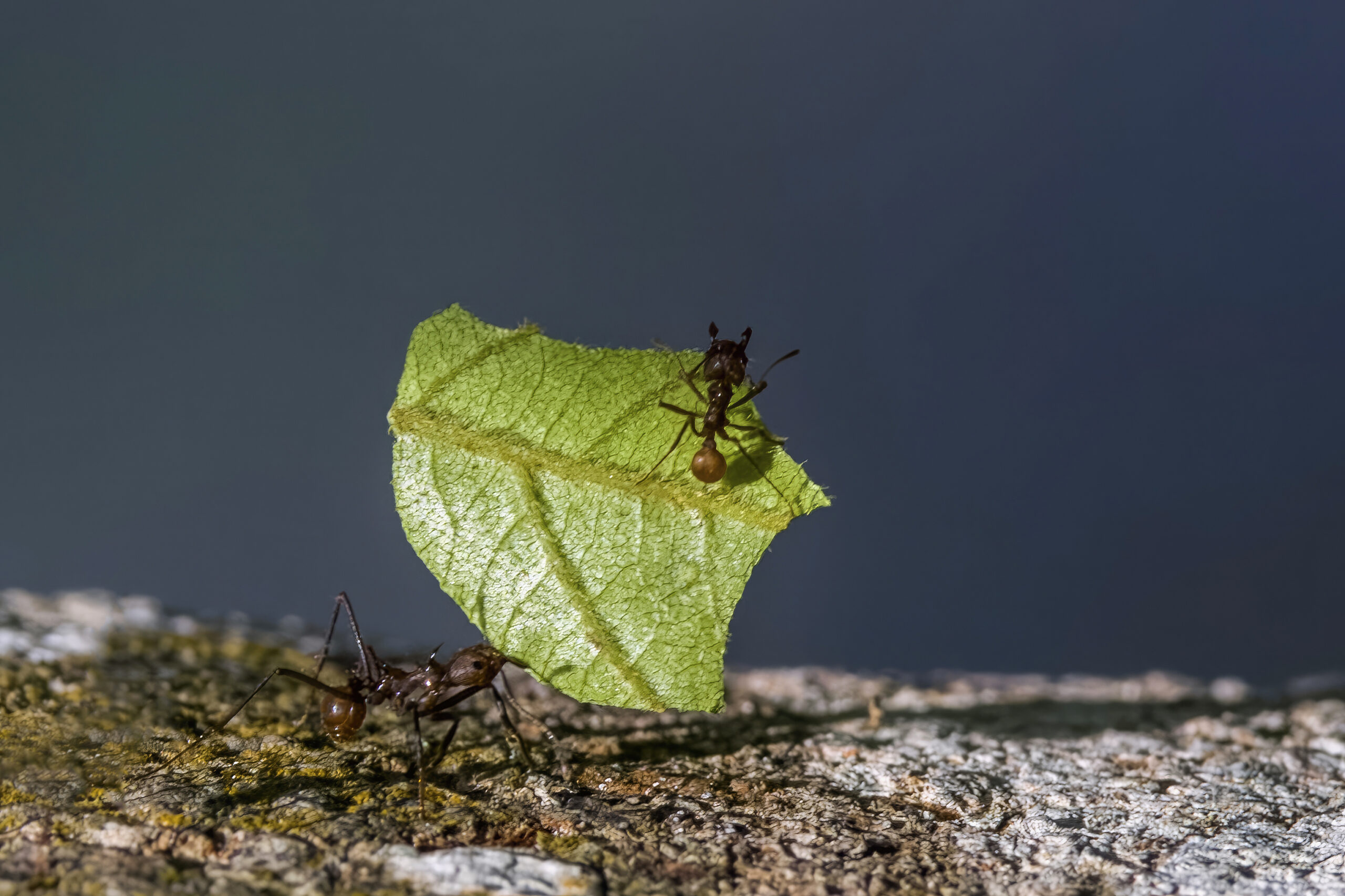
Ant agricultural societies operate on a sophisticated caste system that would make any human corporation envious. The smallest workers, called minims, tend to the delicate fungus gardens, weeding out contaminants and maintaining optimal growing conditions. Medium-sized workers, known as media, handle the transportation of cut leaves and waste materials throughout the colony. The largest workers, called majors, serve as both harvesters and security forces, cutting leaves with their powerful mandibles and defending the colony from intruders. This division of labor allows each caste to specialize in their specific tasks, maximizing efficiency and productivity. The queen, meanwhile, focuses solely on reproduction, laying up to 1,000 eggs per day to maintain the workforce.
Climate Control and Environmental Engineering

The environmental controls in ant farms rival those of modern greenhouse facilities. Leaf-cutter ants create complex ventilation systems by digging multiple entrance and exit shafts that create air circulation throughout their underground chambers. They can adjust the size and number of these openings to regulate temperature and humidity based on external weather conditions. During hot weather, workers open more ventilation shafts to increase airflow and cooling. In cold or wet conditions, they partially seal entrances to maintain warmth and prevent flooding. Some species even construct special chambers near the surface that act as solar collectors, using the sun’s heat to warm the air that flows down into their fungus gardens.
Aphid Domestication and Selective Breeding
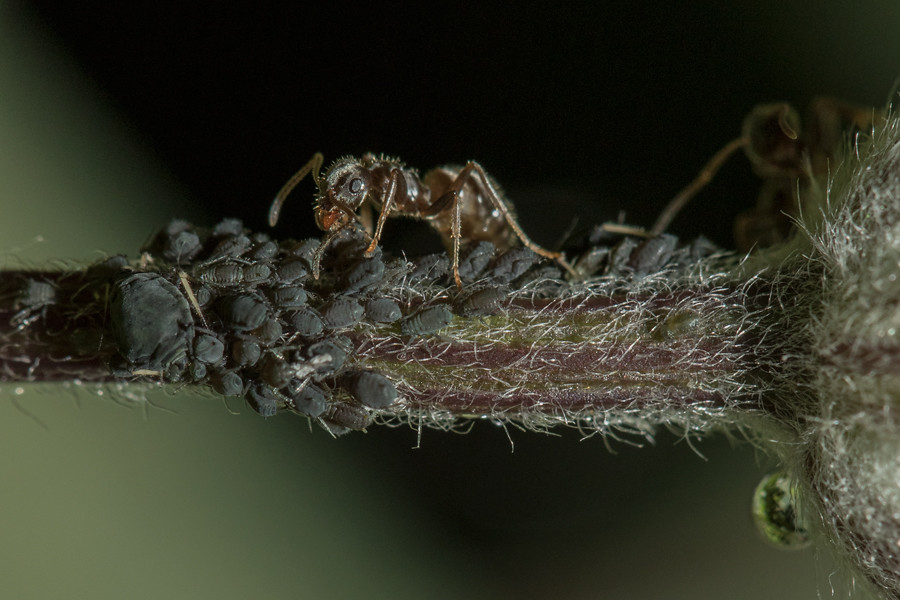
The domestication of aphids by ants represents one of the most successful examples of animal husbandry in the natural world. Over millions of years, farming ants have selectively bred aphids to be more docile, productive, and dependent on their care. Many domesticated aphid species have lost their wings and their ability to produce defensive chemicals, making them entirely reliant on their ant protectors. Some aphid species have evolved specialized morphological features that benefit their ant farmers. These include enlarged honeydew-producing organs and modified leg structures that make them easier for ants to handle. The relationship has become so intimate that certain aphid species can only survive on plants that their ant partners choose for them.
Chemical Communication and Crop Management

The success of ant farming depends heavily on sophisticated chemical communication systems. Ants use pheromones to coordinate their farming activities, leaving chemical trails that guide workers to the best leaf sources and alerting the colony to potential threats to their crops. Different pheromones signal various messages, from “good food source found” to “fungus garden needs attention.” Fungus-growing ants can detect chemical signatures from their crops that indicate the health status of their gardens. They can smell when their fungus is stressed, diseased, or thriving, allowing them to respond quickly to problems. This chemical monitoring system is so sensitive that ants can detect issues with their crops before any visible symptoms appear.
Seasonal Adaptations and Crop Cycles

Ant farmers have developed sophisticated strategies to deal with seasonal variations in food availability and weather conditions. During dry seasons, when fresh leaves are scarce, some species shift their focus to maintaining smaller, more efficient fungus gardens. They may also store dried plant material in specialized chambers, creating a reserve supply for lean times. Aphid-farming ants face different seasonal challenges, as their livestock’s reproductive cycles and food plant availability change throughout the year. Many species have adapted by maintaining multiple aphid populations on different host plants, spreading their risk and ensuring a steady supply of honeydew even when some food sources become unavailable.
Pest Management and Biological Control

The pest management strategies employed by farming ants are remarkably sophisticated and entirely organic. When parasitic fungi threaten their crops, leaf-cutter ants physically remove infected material and isolate it from healthy portions of their gardens. They also employ beneficial microorganisms as biological control agents, much like modern integrated pest management systems. Aphid-farming ants protect their livestock from ladybugs, lacewings, and other natural predators through active defense and shelter construction. They build protective structures around aphid colonies and station guard ants to watch for threats. Some species even remove aphid eggs and larvae to protected nursery areas during vulnerable periods, ensuring the survival of their future livestock.
Nutritional Optimization and Food Processing
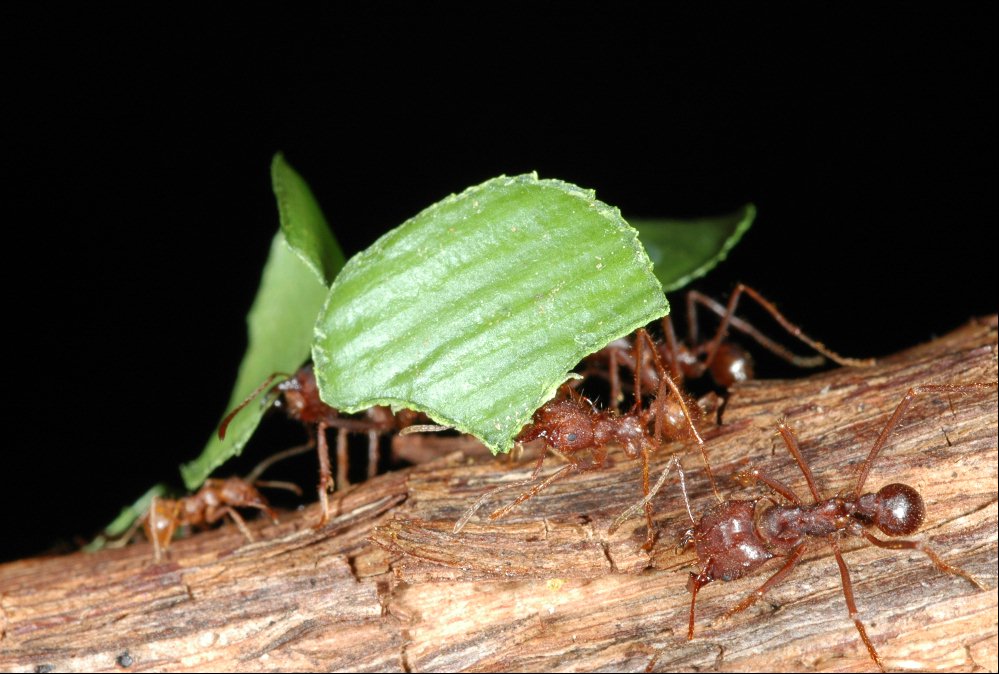
The food processing techniques used by ant farmers demonstrate remarkable understanding of nutrition and biochemistry. Leaf-cutter ants don’t simply dump fresh leaves into their fungus gardens – they process them extensively to optimize nutritional content. Workers chew leaves into a pulp, add enzymes from their saliva, and mix in fecal material that contains beneficial bacteria. This preprocessing breaks down tough plant fibers and neutralizes many of the toxic compounds that plants produce to defend themselves. The result is a nutrient-rich substrate that’s perfectly suited for fungus growth. The ants continue to tend their gardens by adding fresh material, removing waste, and adjusting the composition of their growing medium based on the needs of their crops.
Evolutionary Success and Ecological Impact
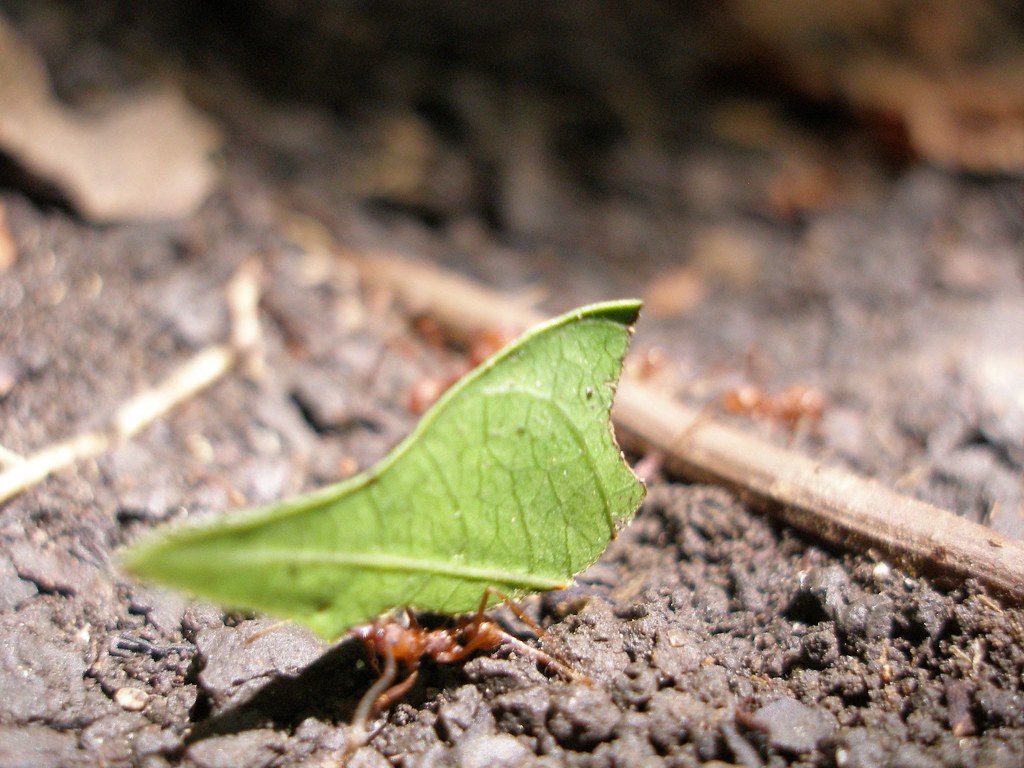
The evolutionary success of farming ants is truly staggering. Leaf-cutter ants alone consume more vegetation than any other animal group in the Neotropical rainforests, processing an estimated 17% of all leaf production. Their agricultural activities have shaped entire ecosystems, creating complex networks of nutrient cycling and soil development that benefit countless other species. Aphid-farming ants have achieved similar success in temperate regions, with some species becoming keystone species in their ecosystems. Their protection of aphids has indirect effects on plant communities, as honeydew production can influence pollinator behavior and soil nutrient levels. The honeydew that falls to the ground supports diverse communities of fungi and bacteria, creating microhabitats that support other insects and small animals.
Future Implications for Human Agriculture
The agricultural techniques perfected by ants offer valuable insights for sustainable human farming practices. Their integrated approach to pest management, using beneficial microorganisms and physical barriers rather than chemical pesticides, provides a model for reducing agricultural chemical use. The precision with which ants maintain optimal growing conditions could inspire improvements in greenhouse technology and controlled environment agriculture. Scientists are already exploring applications of ant-derived antibiotics in crop protection and human medicine. The compounds produced by bacteria cultivated by leaf-cutter ants show promise as alternatives to synthetic antibiotics, potentially helping address the growing problem of antibiotic resistance. The sophisticated supply chain management and division of labor in ant colonies also offer insights for optimizing human agricultural and industrial systems.
Conclusion
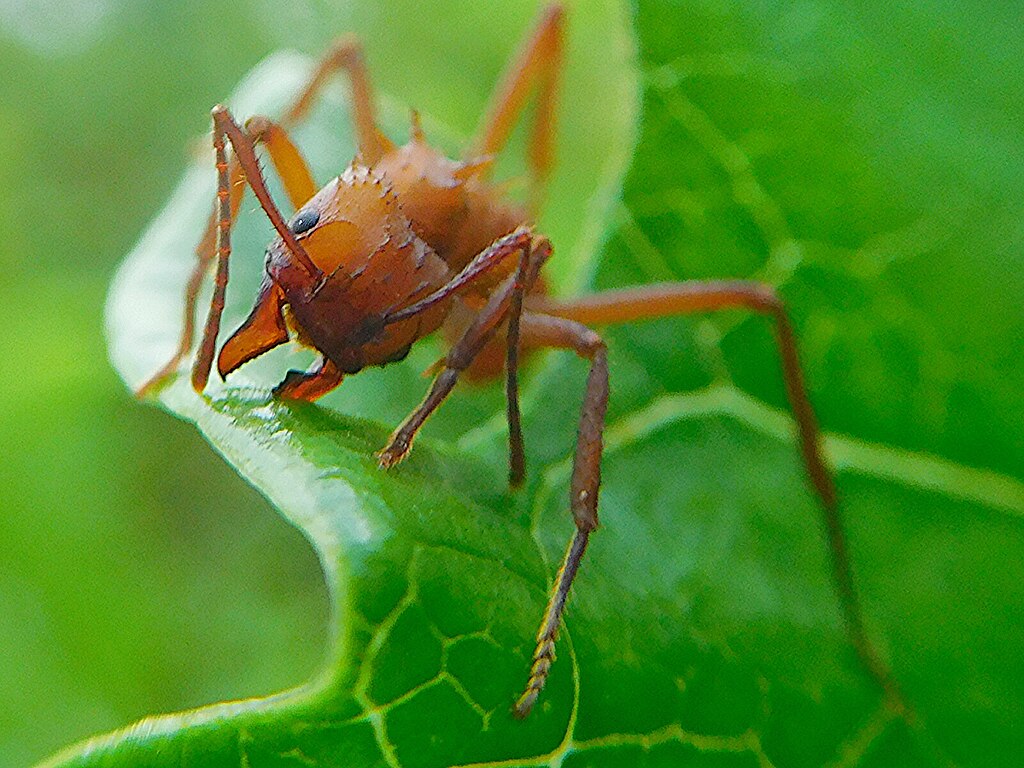
The tiny farmers beneath our feet have been quietly revolutionizing agriculture for millions of years, developing sustainable practices that put many human farming systems to shame. Their success lies not just in their individual innovations, but in the remarkable integration of multiple species working together toward common goals. From the antibiotic-producing bacteria that protect their crops to the domesticated aphids that serve as living food factories, these ants have created agricultural ecosystems of breathtaking complexity and efficiency. Their achievements remind us that some of nature’s greatest innovations come in the smallest packages, and that cooperation often trumps competition in the long game of survival. What other secrets might these miniature farmers reveal if we simply take the time to look?

